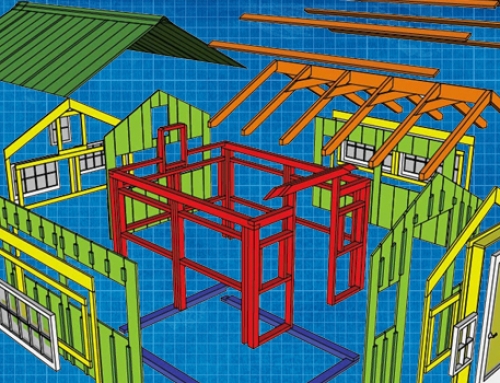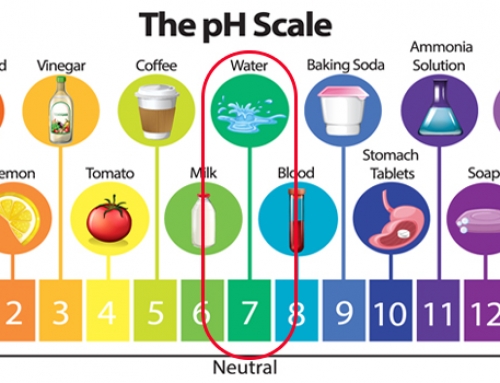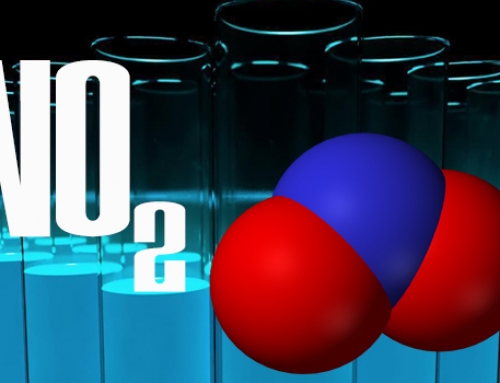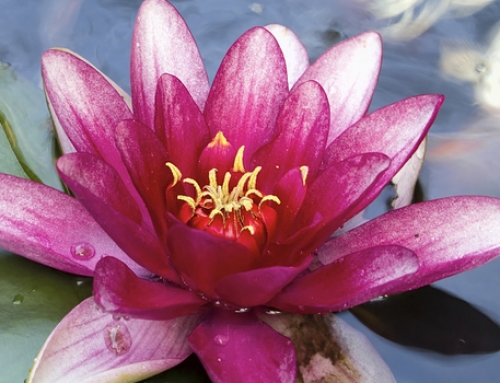Project Description
Magnesium Deficiency In Aquaponics
Magnesium is a very common example of Aquaponics plant deficiencies, and it occurs in Aquaponics systems almost as frequently as potassium. In addition to occurring with similar frequency, a magnesium deficiency in Aquaponics also closely resembles the symptoms of a potassium deficiency. Magnesium is also equally as important to the growth, production, and overall health of the plants in your system. Understanding how magnesium affects plants, how to recognize a deficiency, and how to fix a magnesium deficiency in aquaponics by adding Epsom salt are essential to maintaining a healthy, productive Aquaponics system.
How Magnesium Deficiency Affects Plants
Magnesium is a secondary nutrient that plays a major role in a plant’s internal functions, including producing enzymes and forming chlorophyll. In fact, magnesium makes up the central atom in chlorophyll, which is needed to complete photosynthesis and give plant structures their green color. Sufficient magnesium is necessary for plant growth and health, making it especially important in plants that produce fruits, vegetables, or flowers. This is because photosynthesis is what produces the energy needed to create new cells, produce seeds, grow flowers, or produce vegetables and fruits, and plants need magnesium to complete photosynthesis.
A magnesium deficiency in aquaponics can cause serious problems for your plants. When plants are not able to uptake enough magnesium, chlorophyll degrades, photosynthesis slows down or is interrupted, and plant growth becomes stunted. This process affects older growth first, causing early leaf fall, discoloration of the leaves, and preventing bud formation. Lack of magnesium can completely stop the progress of otherwise healthy plants. It can also make plants more susceptible to common diseases and problems with pests. A severe magnesium deficiency in aquaponics can result in low-yield harvests and can even cause plant death.
Confirming Magnesium Deficiency in Aquaponics Systems
To determine if the deficiency you see signs of is related to magnesium levels, visual signs are usually your first indicator. Magnesium deficiency causes chlorosis, resulting in yellowing of the leaves along the edges and in between the leaf veins, which remain green. This may give leaves a marbled appearance. Older leaves and those lower on the plant may begin yellowing or develop a reddish to brown tint. Newer leaves may develop brown spots of necrosis where the tissues did not develop properly. Areas of the plant that receive more direct light may also show more serious effects or display symptoms sooner. Early leaf fall is also common with an aquaponics magnesium deficiency. Your system’s pH level can also be a sign that there may be a magnesium issue. Plants in lower pH systems may have a more difficult time absorbing magnesium.
Treating Magnesium Deficiency in Aquaponics
If a magnesium deficiency is likely, it is important to resolve the issue quickly before it affects the yield of your harvest or does serious damage to the health of your plants. When treating a magnesium deficiency, you must first understand that your plant’s problem might not have anything to do with the levels of magnesium in your water solution. Factors like low system pH, high levels of other competing nutrients, or lack of sufficient water to the roots could be affecting the ability of your plants to uptake the available magnesium. When working to resolve a magnesium deficiency you need to make balancing magnesium levels with the levels of the nutrients potassium and calcium in your system. An imbalance in one of these nutrients will make it more difficult for your plants to absorb the other.
In addition to balancing your nutrients, you will want to make sure you balance your system’s pH level. This is also important to allow your plants to absorb available magnesium from the water. Adjusting the balance of nutrients and pH may require a total or partial water change. If your plants are suffering from a magnesium deficiency severe enough to cause visible symptoms, achieving nutrient and pH balance likely will not be enough to restore your plants to good health. To correct the deficiency, you will want to consider supplementing magnesium. Fortunately, this process is very simple because you can supplement magnesium with Epsom salt in Aquaponics systems. This is an excellent solution for quickly adding the magnesium your plants need without harming the fish or bacteria in your system.
Adding Epsom salt to aquaponics:
- Use approximately one ounce for every 1,000 gallons
- Add Epsom salt to the sump tank or directly into the fish tank
- Continue to add salt on a regular schedule until deficiencies improve
- For severe deficiencies mix one tablespoon Epsom salt with one-gallon water and spray directly onto plant leaves
Preventing Magnesium Deficiency in Aquaponics
After successfully restoring the magnesium levels in your aquaponics system, it is important to prevent future deficiencies. If magnesium poses a recurring problem, consider switching to a Grow Medium that has a high magnesium content like dolomitic limestone. Also, since calcium and potassium can affect magnesium uptake, you will want to make sure these nutrients remain balanced within your system. If you find yourself supplementing with one potassium, it may be a good idea to add some Epsom salt as well. Regularly testing your aquaponics system’s pH level is also important. Low pH can make it harder for your plants to uptake available magnesium, so maintaining pH balance is key to preventing future issues. Regulating the balance of nutrients and pH in your system will keep your plants and your fish healthy and happy. Additionally, be sure to continue adding Epsom salt to the Aquaponics system as needed and keep some Epsom salts on hand.





